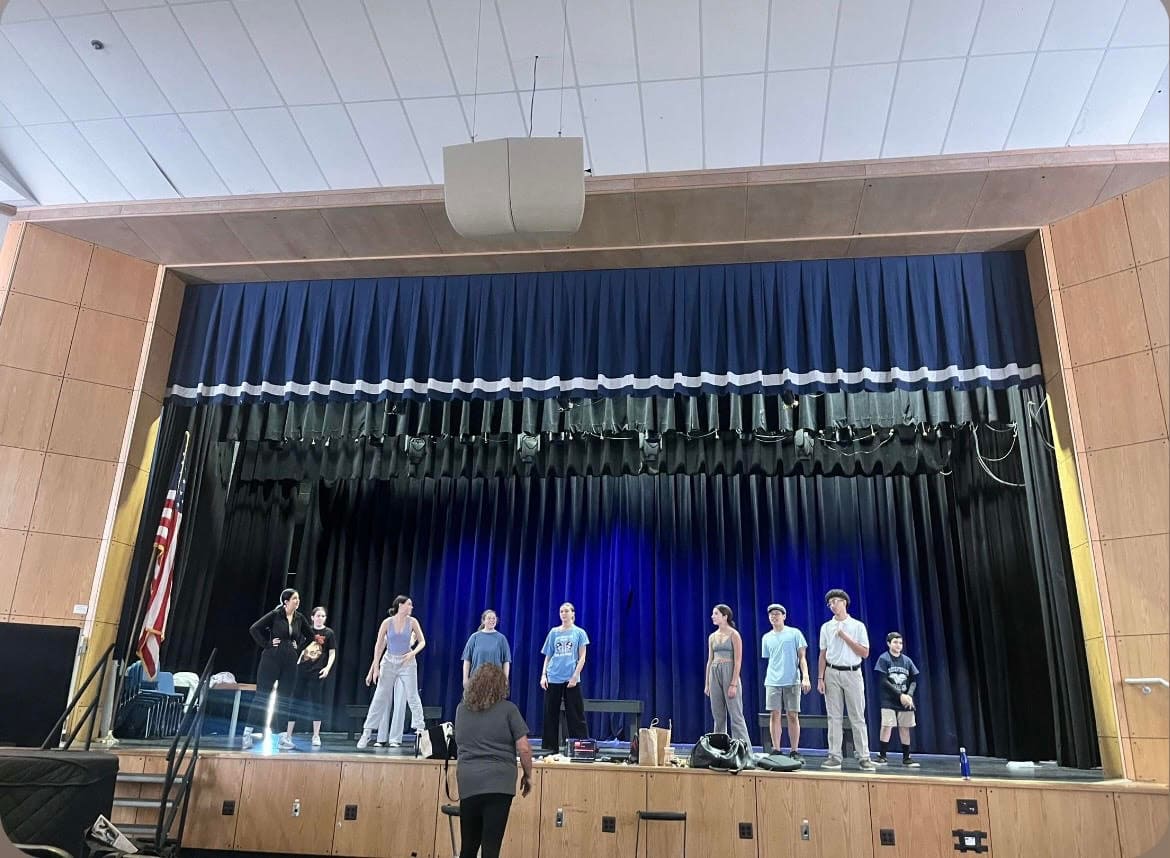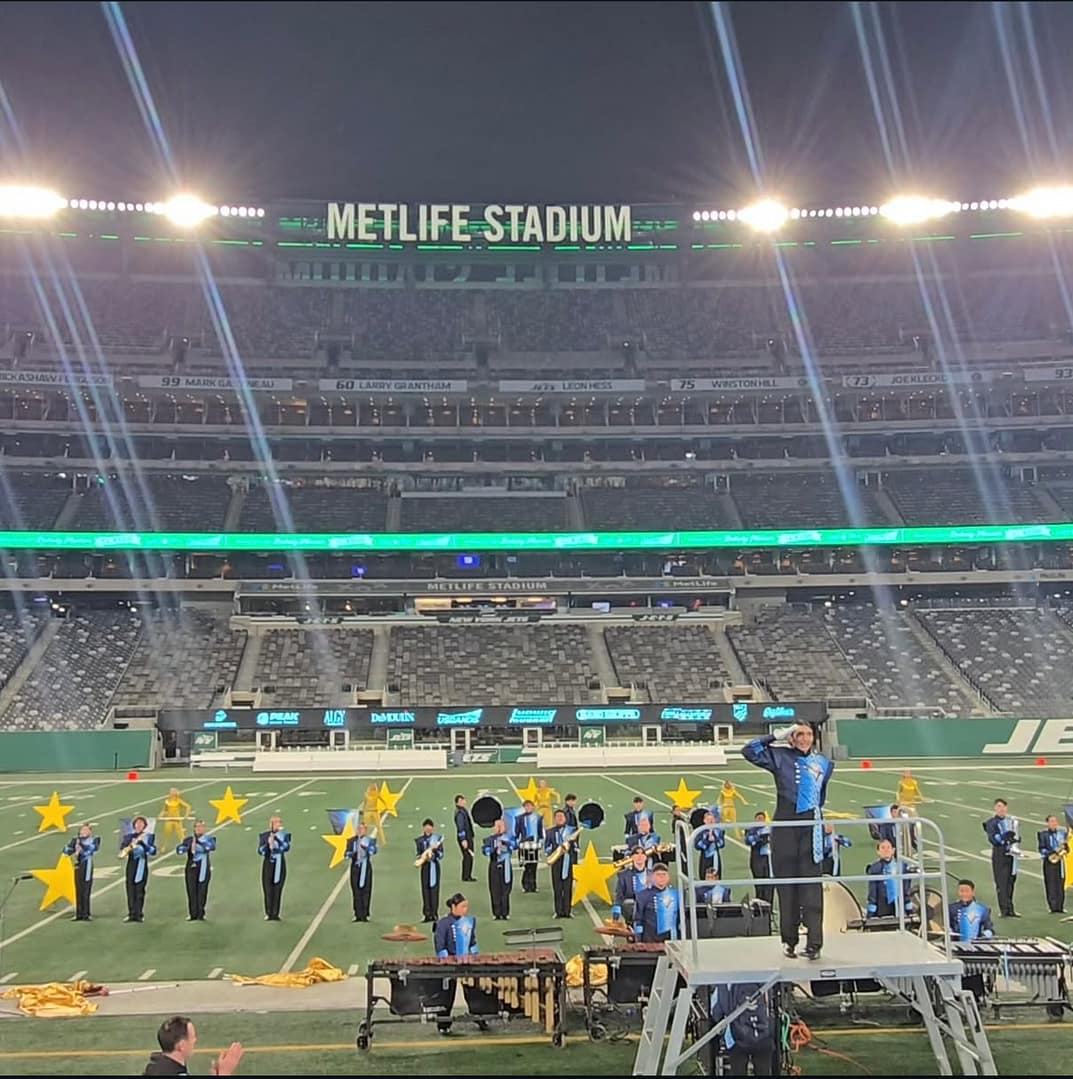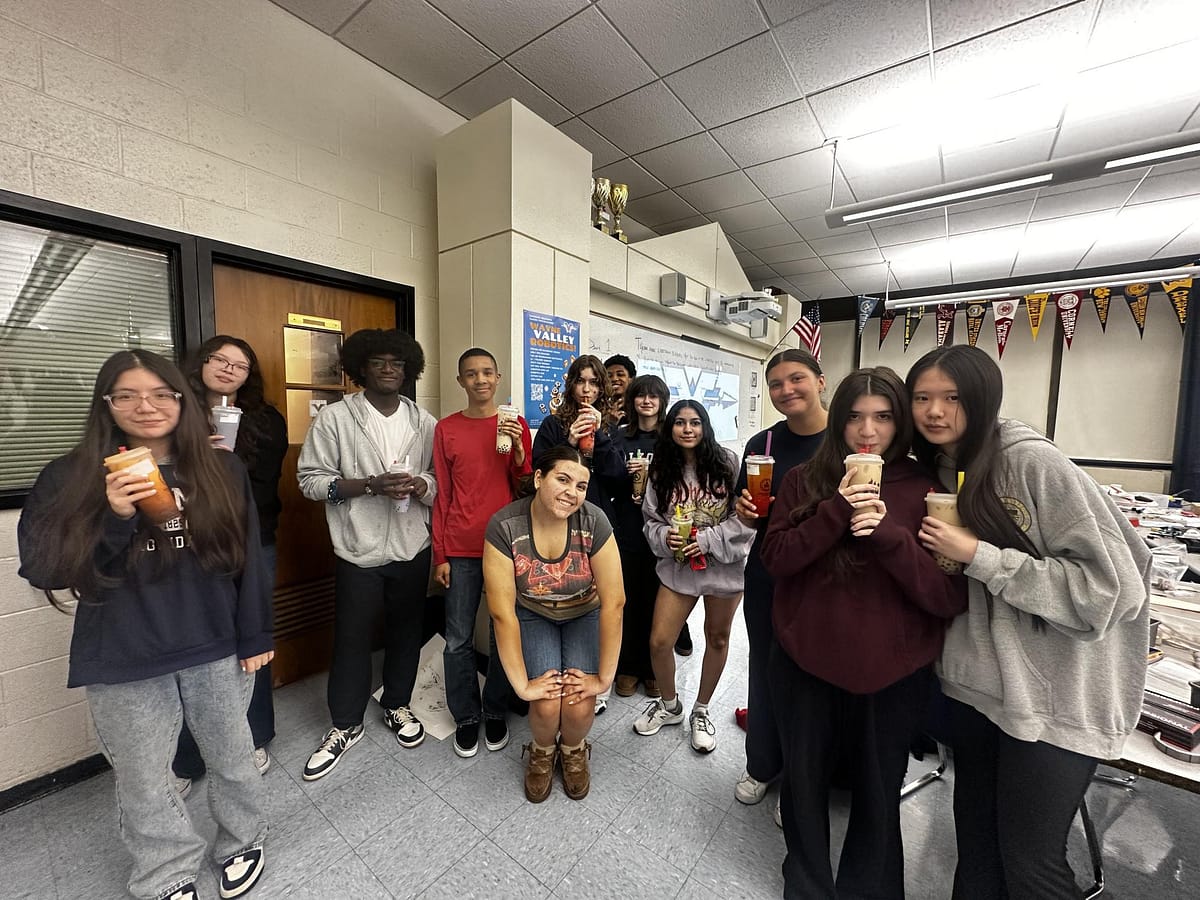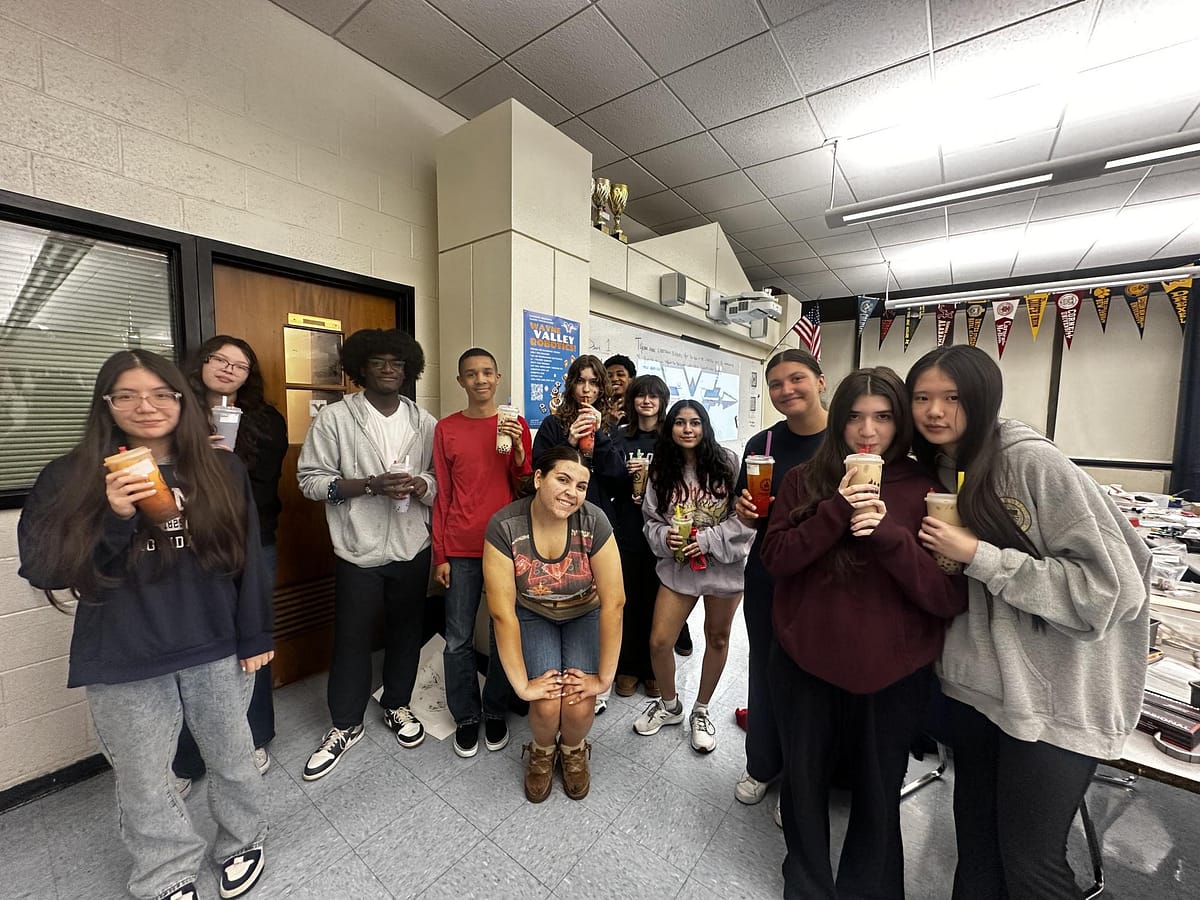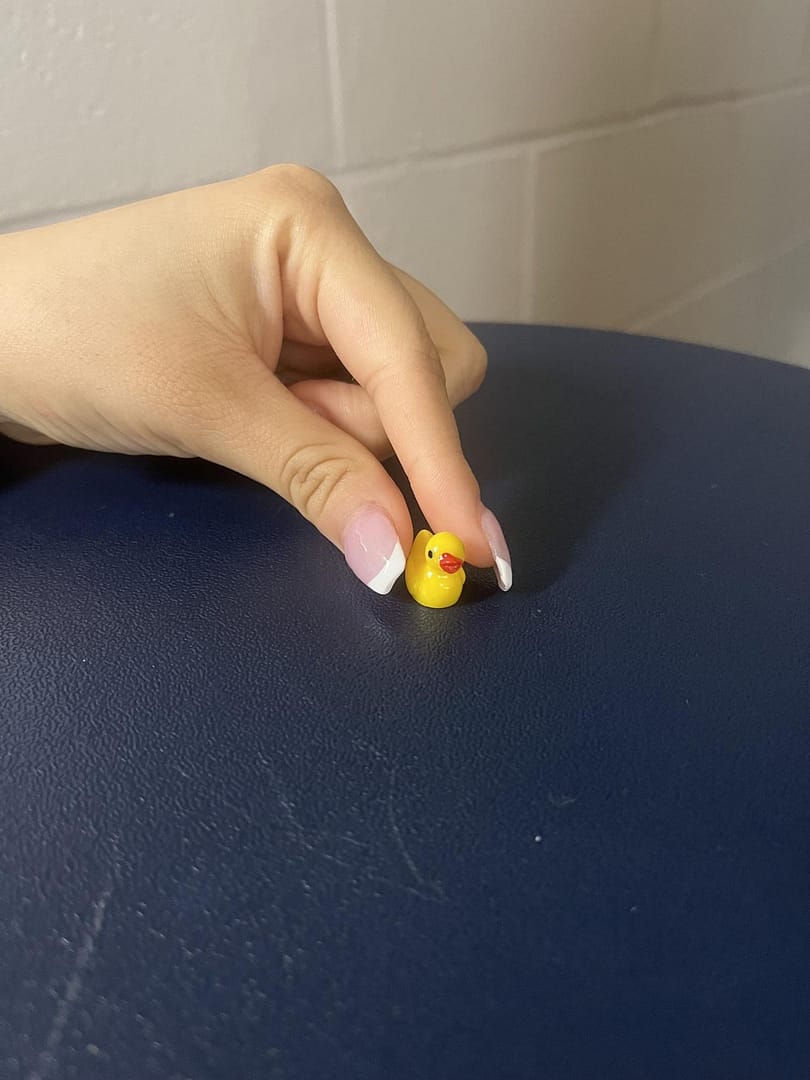Cold, humid, but a home for theatre students. The Wayne Valley auditorium is where the magic happens. Every year the theatre students put on two shows for the people’s entertainment. But what’s the process like? How do auditions work? What goes on in the mind of the director? What exactly does the crew do?
Two months of practice and set building, that’s all the theatre cast and crew have to prepare a show at Wayne Valley. With little school funding, they always manage to do it. The real question is how. It all begins with auditions. I e-mailed the director of all the shows, Angelo De Fazio, about what he looks for in students auditioning in order to get a clear idea. He answered with four key things that he always searches for; authenticity, choices, commitment, and potential. “I want to see students bring themselves to the role, not just mimic something they’ve seen before.” De Fazio wrote, “Even if they’re bold or unusual, I love when students make clear, strong choices with their characters.” Auditions rely heavily on creativity, potential and commitment to the role they’re auditioning for. “Confidence isn’t always loud; it’s about being present and truly committing to the moment. I always watch for the spark of possibility, even if someone is nervous. Growth matters more than perfection.”
While the students wait for the cast list to come out, De Fazio is trying to match the student to the perfect role. “I consider the whole picture: vocal ability, emotional range, stage presence, how well someone takes direction, and how they interact with others. I’m also thinking about chemistry between actors and the story we’re trying to tell.” De Fazio had written when I asked, “Sometimes someone may not be ‘obvious’ for a role, but their interpretation gives the character a whole new, beautiful life — and I love that.” This is proven true during rehearsals when he loves the spin people put to their characters to make them more lively.
De Fazio chooses not to teach the scenes in chronological order. “Some scenes are easier to stage early based on cast availability or set pieces.” De Fazio typed, “I choose scenes that help us build a strong foundation early on — scenes that teach blocking patterns, set relationships between characters, or introduce emotional stakes.” What he said last is what sums his reasoning up the best. “We’re building a puzzle — and sometimes it makes more sense to work on the edges first.”
With some shows that are too long De Fazio has to cut some scenes or songs out in order to make it shorter. “It’s hard because I want to honor the playwright’s work, but I also have to be realistic about time, pacing, and the audience’s experience. When I do cut, I aim to preserve the emotional arc and keep the show respectful and clear. It’s never about removing students — it’s about telling the best possible version of the story.” But he loves choosing the show to do despite sometimes needing to cut some of it out. “I’m inspired by what the students need and what they’re ready for. Some years we need something joyful and silly; other years, we need something that challenges us emotionally or thematically. I also think about who’s in the program — I want to choose shows that give students meaningful moments and chances to shine.” He wrote happily.
Now while what the cast has to do is extremely important, the crew deserves credit too! I asked a crew member a few questions in order to know what they provide to the show better. I started by asking when they are informed to start building the sets. “The schedule varies, but the show is usually announced before we start doing anything, so it depends on when the set designer can come in,” the crew member wrote. I had then asked a couple other questions as well. “Each person does their part in making sure the set is stable enough for multiple cast members to stand on. Whether it’s drilling, cutting, measuring, or painting, everyone works hard to complete the set in time for tech week.” It was unclear to those outside of the crew members how the set design process works. “We have a set designer, Eric, that comes in and tells us what to do. Students don’t design the sets themselves; Eric works with the director to make sure the set is perfect for the show.”
The cast is busy memorizing their lines and bringing their scenes to life. Amelia Hong prepares for a show by writing her lines down in chunks and pacing them out while memorizing them. She believes that students should memorize lines two weeks beforehand. Hong believes that rehearsals are a balance of being serious and having fun with cast mates. She believes that communication between students and the director is important. “Don’t be like me, memorize your lines sooner.” Hong said sheepishly.

